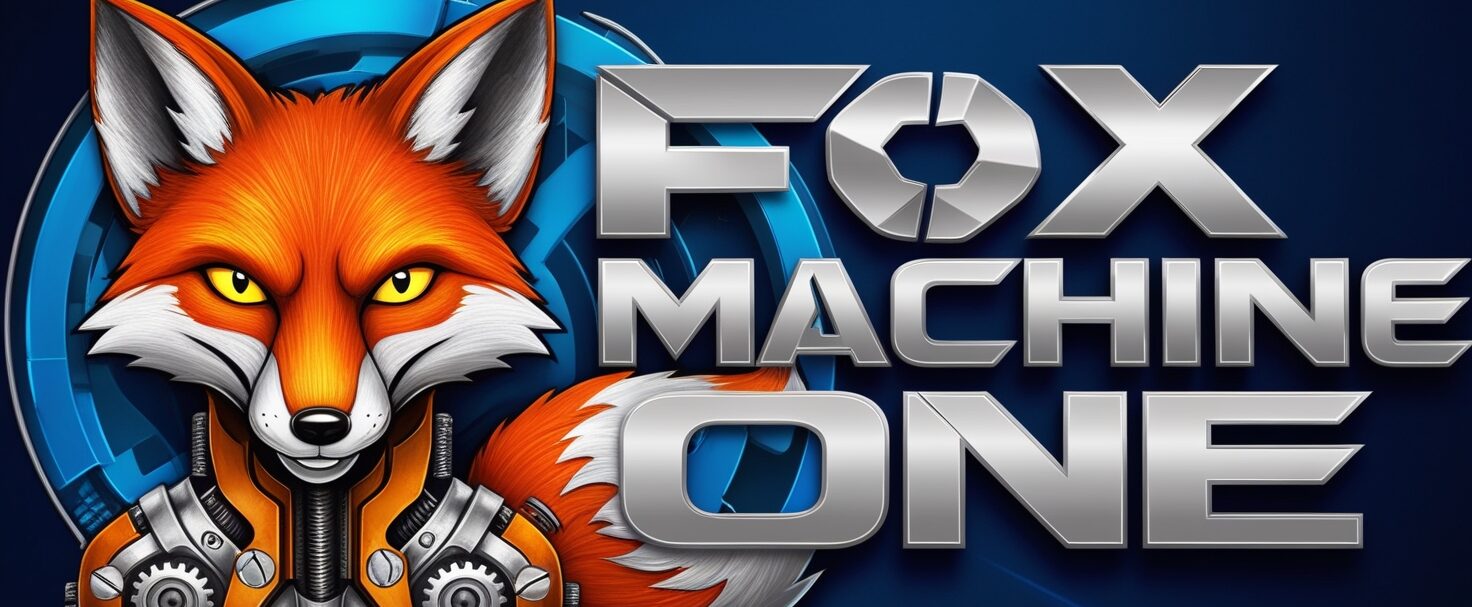Introduction:
There are two very famous symbols-that is, the donkey and the elephant-well-known in American politics for more than a century. Representing the Democratic and the Republican parties, respectively, even though both are a bit comical, it’s reality behind these significant symbols, important to American parties’ history and identities. Thus, it becomes very important to know what these icons mean before going to the 2024 presidential election, because only special values, ideas, and stories have made up America’s two major parties.
Origins of the Donkey as the Democratic Symbol
However, when the 19th century is near at its dawning, donkey was the party symbol of Democratic Party. Among all the significant democrats, the 7th President of United States were one of the great presidents.
1. Jackson and the ‘Jackass‘
This term was also coined when they called him a “jackass” in the election of 1828 for his personality of being populist and not ready to give. However, he used this profanity against his opponents for the fact that he also utilized the icon of the donkey symbol for his stubborn character as being the “man of the people.” Donkey Jackson realized that he symbolized working-class men; eventually this became the icon in Jackson’s administration.
2. The ascension of the donkey in political cartoons
The donkey is the Democratic symbol that entered politics through the hands of political cartoonist Thomas Nast of the 1870s. He is popularly known as the “father of the American cartoon,” having drawn for the influential Harper’s Weekly issues several cartoons with the Democratic donkey. In Nast’s hands, the donkey was obstinate but at the same time championed the cause of the working class-an image that the party clung on to ever since.
The Elephant as the Republican Party’s Mascot
It is at this time also that the donkey established itself as a visual image, symbol instantly and obviously available, associated with the party – largely due to the efforts of Thomas Nast, who also starts its career as the Republican Party’s mascot – much more prominent than for the Democrats again at his hand.
The next chapter would talk about how the first mascot that was deployed initially was transformed into a general and proper mascot for the party.
1. Nast’s Elephant Debut
He used the elephant as a symbol of the Republican vote through a cartoon by Thomas Nast in 1874. The drawing is one of a donkey with a lion’s skin but dressed as one, scares other animals, with the other labeled “The Republican Vote,” an elephant. In the drawing, though the elephant appears to be powerful, it is indeed easily misled. This became an extremely attractive drawing within no time, and the elephant replaced the donkey as the most acceptable animal for being the symbol of the Republican Party.
2. This power and solidity are visibly rendered by an animal-the elephant.
Well, it did not take much time for the elephant to become the representative of the Republican Party becoming a symbol of strength and conservativeness. The three words: size, strength, and a tenacious animal-an elephant, the kind of things Republicans had needed and wanted-therefore the elephant symbolised: strength, stability, and tenacity over the centuries; it began to depict all concepts that define the GOP – a fiscal conserving party and its tenets on a small government and also support structures within society.
American Political Evolution of Symbols
It reflects their evolved and constructed symbolisms in politics, keeping an eye on the public view of the situation and its very well representation by media plus party ideology. The whole changed meaning that came up from donkey to elephant reflected a totally changed America through political time.
1. Democrat Donkey : Fading phase of Populism into progressivism
Origin, the Democratic donkey represented the “common man” and populist movements of Andrew Jackson. The Democratic Party has continued to evolve through the ages, but is more conservatively and liberally driven to advocate for social justice, environmental stewardship, and increased civil liberties. A party of inclusivity, equality, and being the underdog is represented by the donkey today.
2. The Republican Elephant: Conservatism and Patriotism
The symbol of the party’s stand on conservatism such as defense and traditional values, defense, and freedom to the economy for the republicans. It also represents that search for stability, distrust a big expansive government and also individual liberties. The public said that for years, the elephant already had this reputation, known to possess strength as well as endurance with national pride and being patriotic.
Why Symbols Matter in American Politics
Why are the donkey and the elephant more than the sports team mascots? Representations of either means of communication or ways a party can point toward values that they believe in so they may win people’s hearts, these are some reasons why the symbols will come in huge value in the politics of America.
1. Instant identification
The donkey and the elephant are symbols that immediately tell one who their parties are. They are a form of visual shorthand for voters to immediately know who their parties are. These symbols are used in bumper stickers, campaign materials, and advertisements to identify party affiliation at a glance.
2. Emotional Connection
Symbols may move an emotion in a voter, but they basically serve to support the emotion that a voter feels for any given party. A person who feels that a given party will take care of the common good and social justice is emotionally stirred by the donkey. A person who favors tradition and stability has an affinity for the elephant.
3. Political Satire and Critique
Such symbols play pretty important roles in satire and criticism using the donkey and elephant subjects in editorial cartoons as some subjects of political satire, whereby they comment on the trends going on around us nowadays, what is being dished out between our politicians and government officials. Thus allowing some form of satire or humor through which publicize their thoughts regarding challenging issues.
Political Symbols in the Digital Age
Their influence has trickled down to other electronic mass media, aside from what have been mentioned above; in fact, the impact from each of these emblems filtered down into social media, the Internet, memes, and animatic presentational forms of art; hence they have a more virile, greater reach for reaching its meaning among most of this generation’s personalities.
End
1. Memes and Social Media
The donkey and the elephant memes overflow social media with comedy and politics for subscribers. Tools such as Twitter, Instagram, and Facebook make it easy to create these symbols and multiply them around.
2. Political Branding and Campaigns
These symbols have been taken in the online branding in the campaigns. Both are placed on their online and advertisements to show the party identification between the parties, namely Democratic and Republican, making them easy to recall, particularly by the voter, and mostly the youths.
3. Influence on Voter Perception
While digital media allows ideas to spread instantly, this now spreads the political symbols instantly to the global audiences and makes these resonate globally to frame US politics beyond the America borders.
The Role of Symbols in the 2024 Election
These are going to be extremely pivotal elections as the 2024 presidential election approaches on how to get voters out and how each party’s plank is structured. A polarized political atmosphere does this through symbols, but in this case, there are both the donkey and elephant to bind together those supporters by directing them to what each party needs the voters to hear in core message.
1. A Reflection of Ideological Divides
The donkey and elephant, now deeply rooted in American culture, also reflect the ideological divides that have characterized recent elections. For Democrats, the donkey signifies progressivism and social equity, while for Republicans, the elephant emphasizes conservative values and traditionalism.
2. Campaign Branding and Mobilization
During the 2024 election, campaign materials, rallies, and advertisements will undoubtedly feature these symbols, reminding voters of their party affiliations and rallying them toward the polls. Both parties leverage these icons to establish unity, reinforce loyalty, and promote their vision for America’s future.
3. The Symbols in Political Debates and Media
The donkey and elephant will, no doubt be used during the election and debate seasons, because these are a very simplistic visual identification by which one can understand, perhaps otherwise perplexing politics. Graphics, advertising, as well as commentary through employment of the donkey and elephant will allow for very rapid appreciation of what different parties’ positions or the arguments that exist in that fray.
Conclusion: Lasting Legacy of Donkey and Elephant
Beyond the political cartoon, the donkey and the elephant are symbolic values of history and belief that form America’s two major parties. They say who the Democratic Party stands on inclusiveness, who the Republican Party stands for-strength and stability-and much more language beyond all these. Essentially, these symbols have visions translated into visual images linking generations of voters to ideals within the party.
Again in 2024, these symbols will again ring in giving the feel of continuity amidst this sea change in political climate. The donkey and the elephant, though the politics of the 19th century, are as contemporary today as they were then because, however outdated some aspects may seem, the fact that they can speak about the power of symbols in building national identity and shaping American democracy remains potent today.




























Leave a Reply